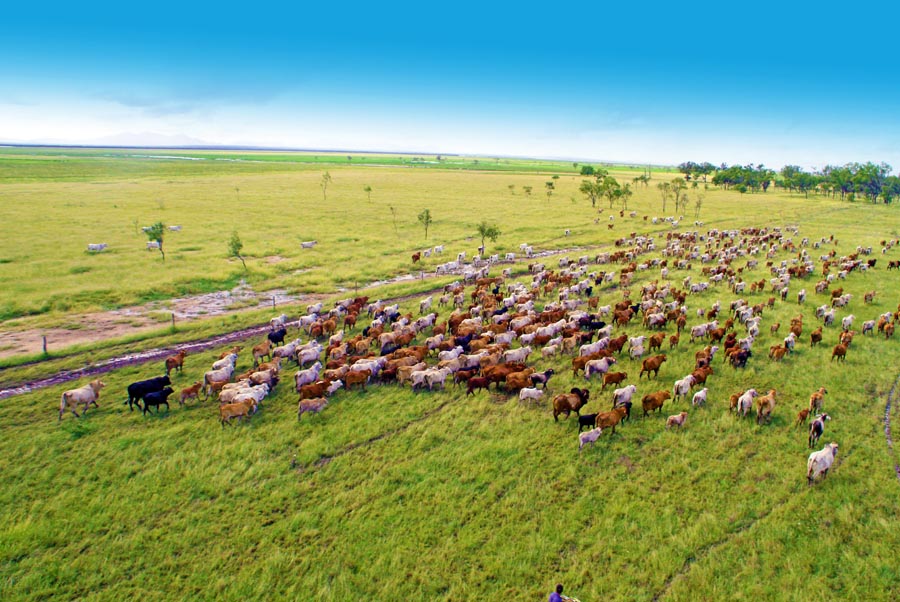



Article by: Hari Yellina
Producer returns for their animals have historically been low when meat processors have made good profits. When cattle prices are high, the opposite happens, and many processors are obliged to operate at a loss for long periods of time in order to keep their plants running, retain their key staff, and service their established client base both locally and internationally. It’s rare that both producers and processors make extraordinary profits at the same time. It’s easy to see why, when livestock expenditures can easily account for 70% of a processor’s variable costs. One of the challenges of business longevity is managing both ends of the marketing cycle while minimising expenses and maximising returns on an international market over which they have little control.
Recent media headlines have focused on what are historically near-record cattle prices in Australia, with forecasts predicting that demand for red meat will continue to maintain them. With herd rebuilding underway, processors have found themselves on the wrong end of the pricing cycle, and while producers have been having a great time, processors have been experiencing the red ink that can come from continuing to operate in a market with a very expensive raw material in short supply. This isn’t a new occurrence. National cattle slaughter trends since 2020, according to industry analyst Agrinfo, have followed the reduction in throughput since then, with national slaughter numbers falling from over 140,000 head per week in early 2020 to between 90,000 and 100,000 head in recent times.
Reduced throughput against existing processing capacity raises processing costs per unit, which is a cost concern. However, the processing industry has not only been losing money due to high cattle prices and limited availability; it has also been dealing with a slew of new uncertainties and anomalies that have only added to the losses. Recent weather disasters and floods have compounded throughput issues for a number of export meat operations, both large and small. This has been compounded by general inflationary cost pressures in fuel, energy, packaging, transportation, and labour, particularly with COVID limits, as well as ballooning seafreight costs and logistics issues, all of which have added to the uncertainties. Unprecedented delays in global shipping schedules, port congestion, and a continuing shortage of food-grade reefer containers have thrown marketing plans into disarray.